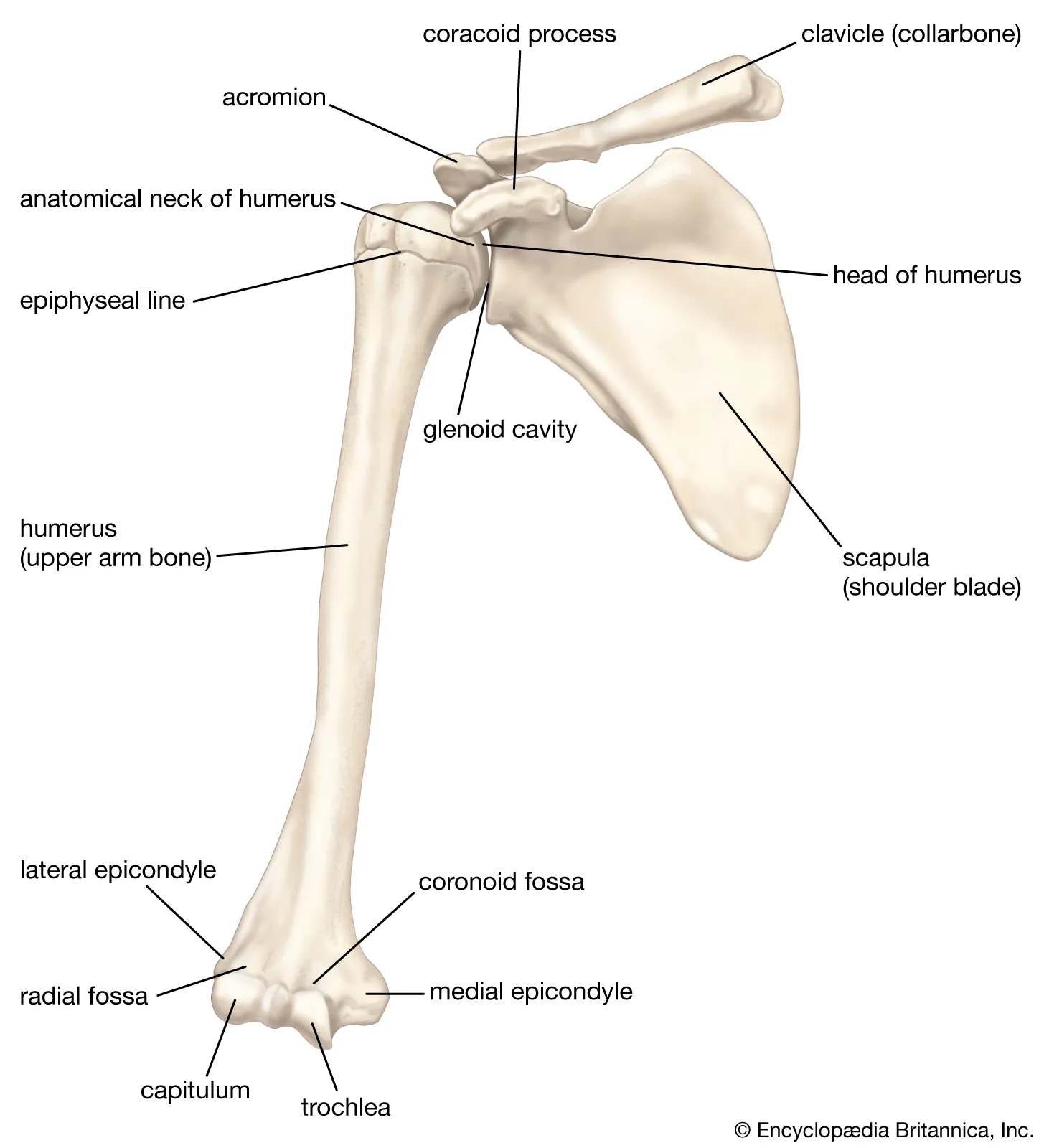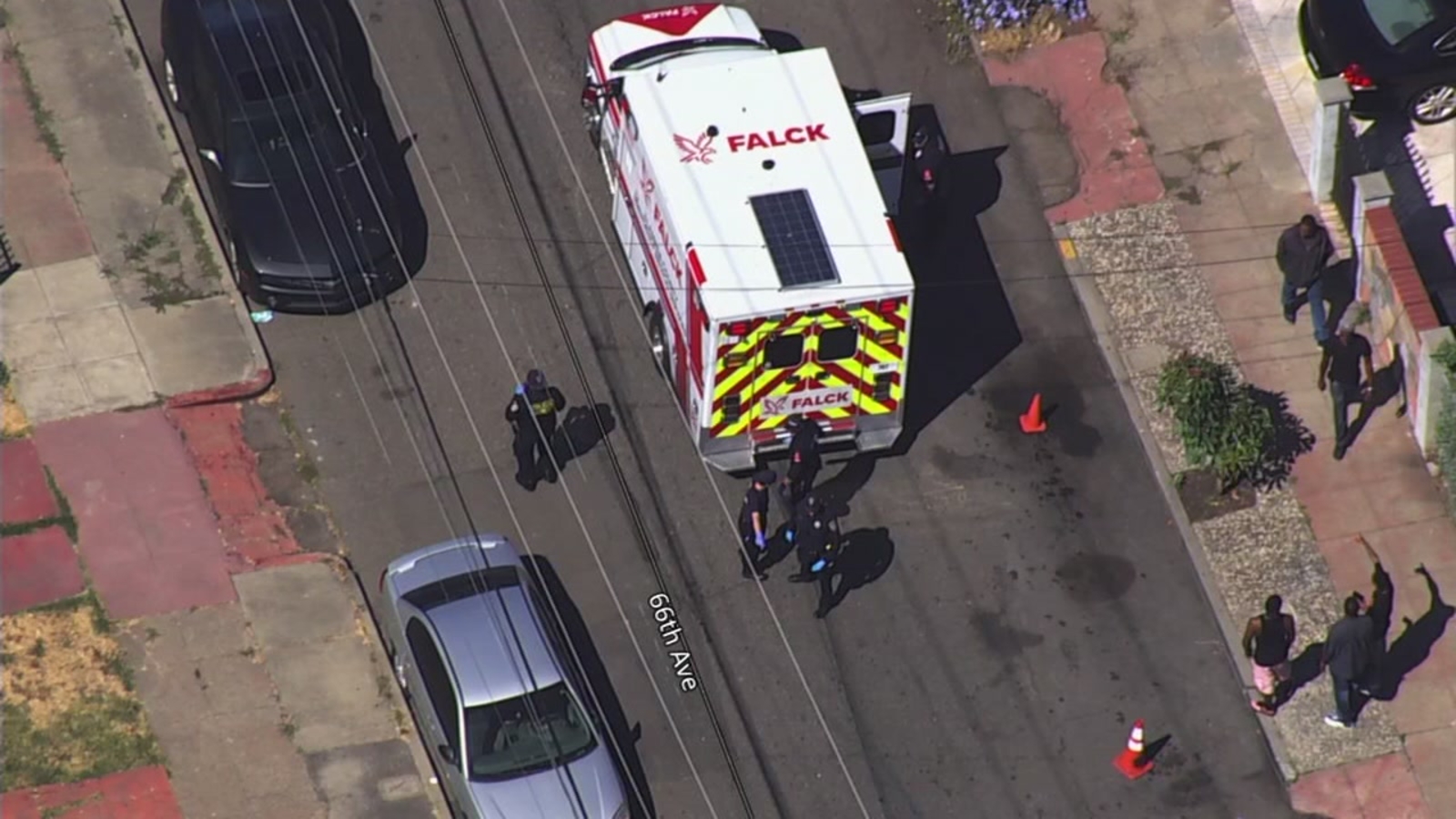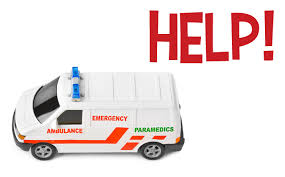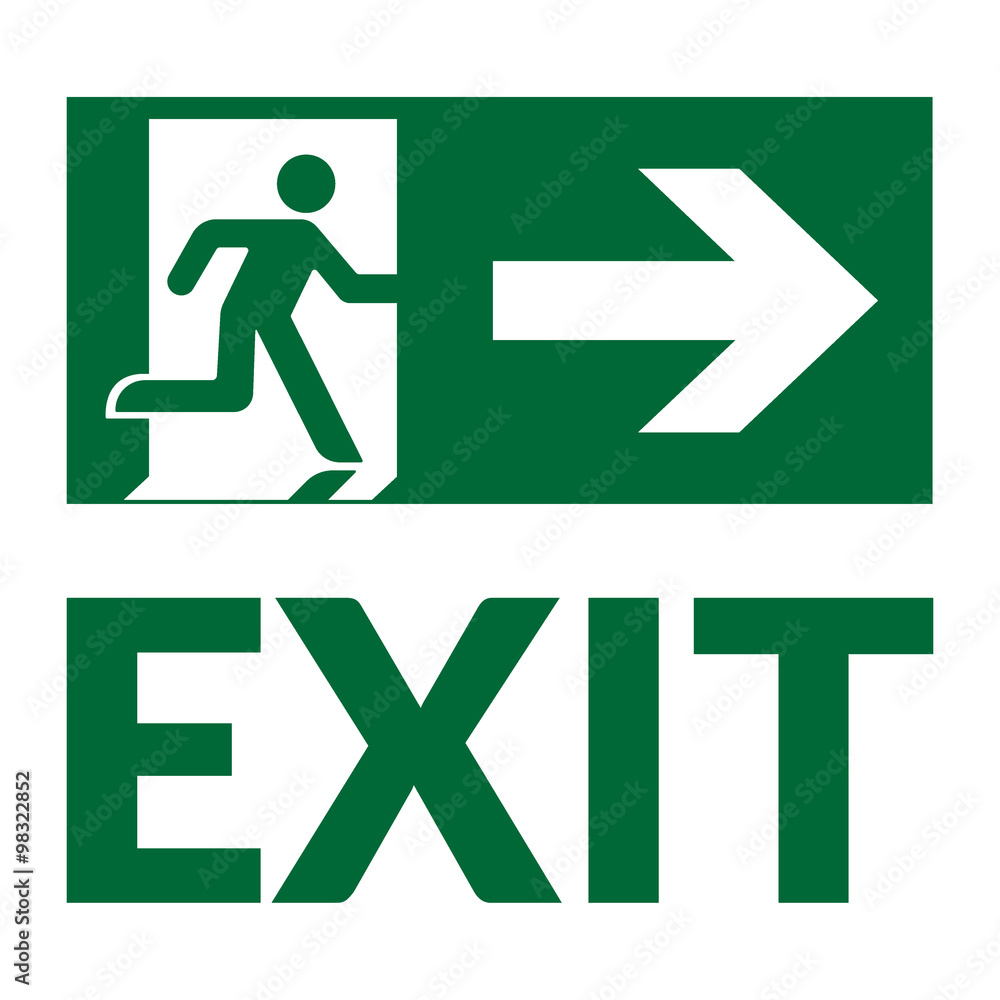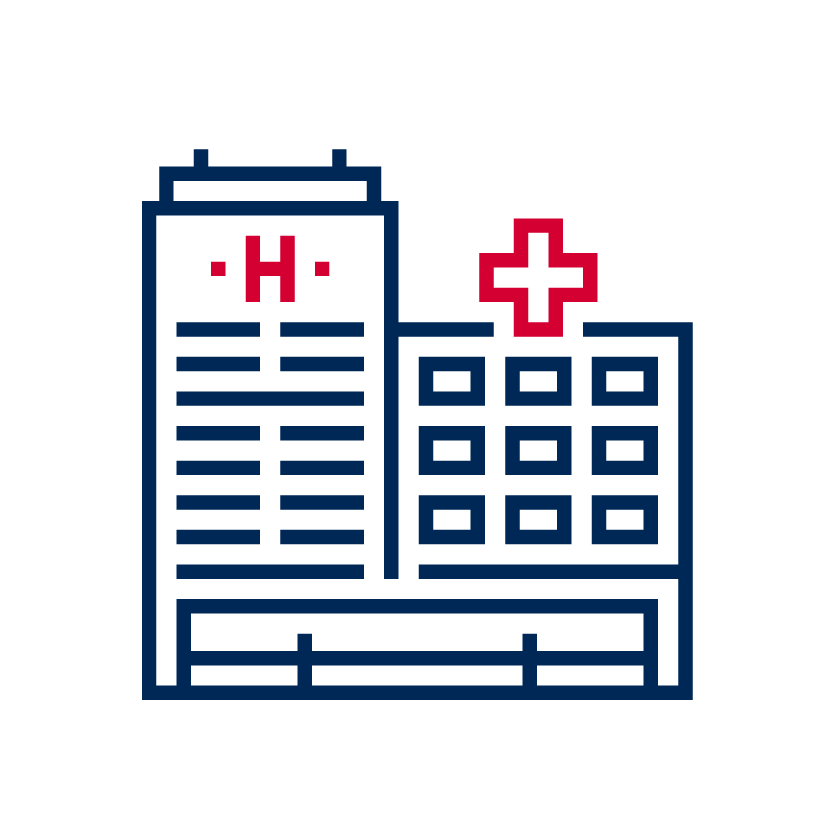Orthopedics
If you’re a new therapist, orthopedics is a great place to start. For the most part, bones are straightforward and predictable. Charting For this service, it is important to pay special attention to: Precautions Weightbearing status Hemoglobin and hematocrit levels Pain Treatment Give special attention to premedication for pain. Pain medications should be administered 30 min to 1 hour before therapy. Check orthostatic blood pressure readings, SPO2, and heart rate.


